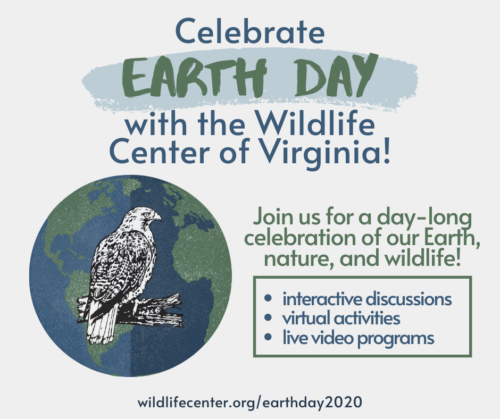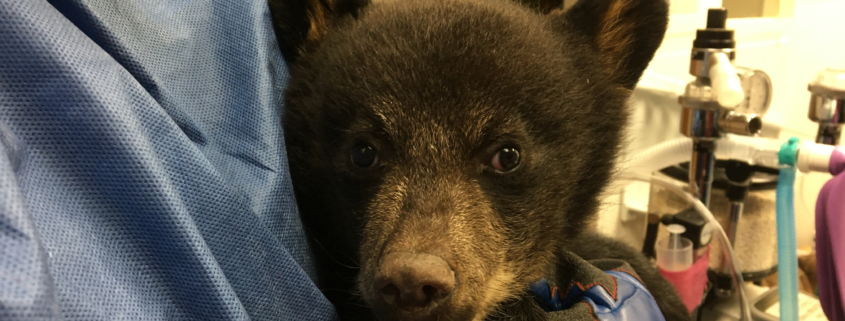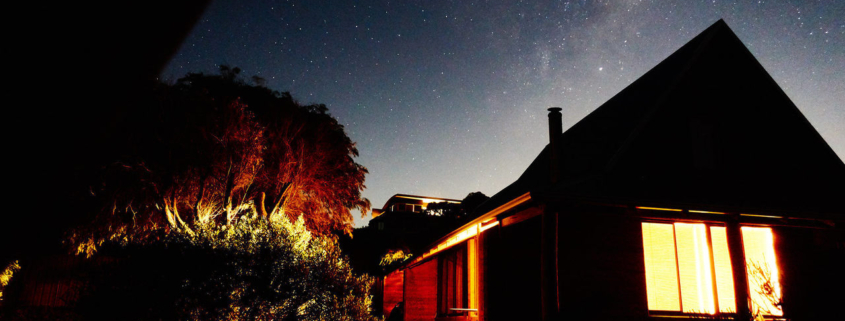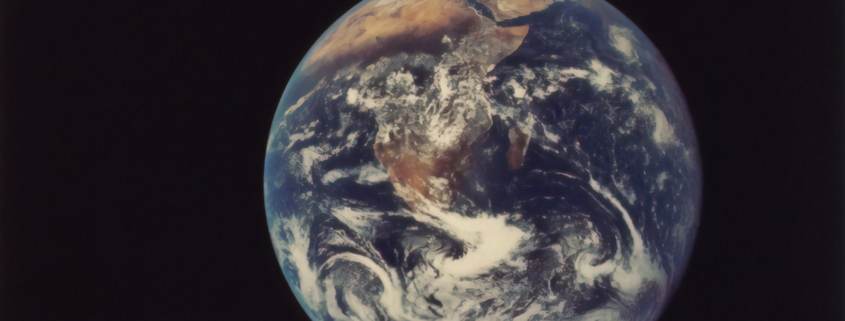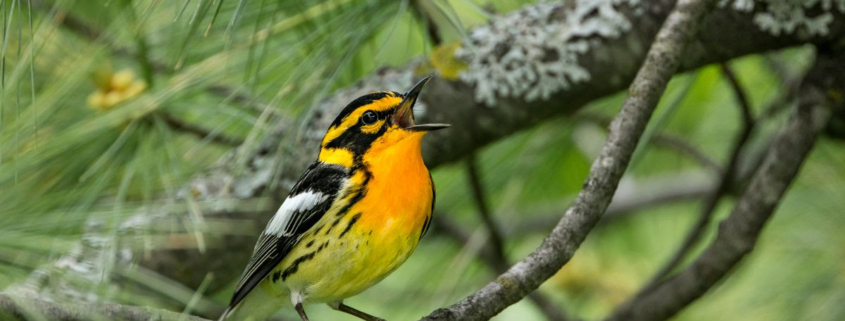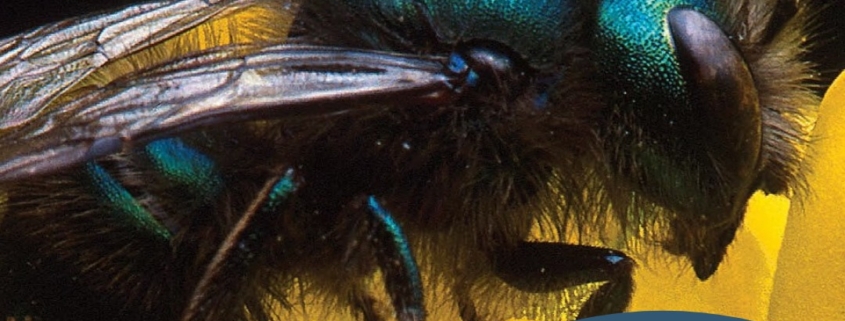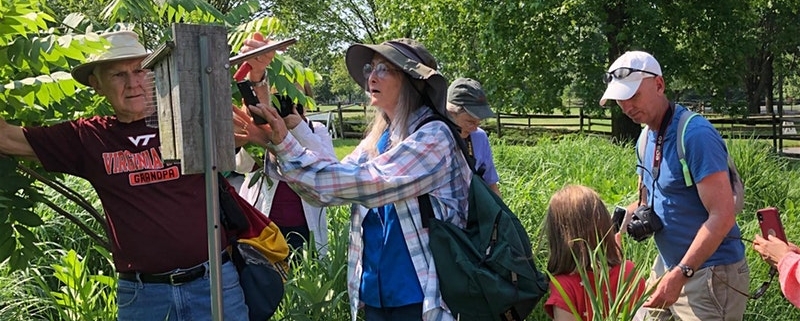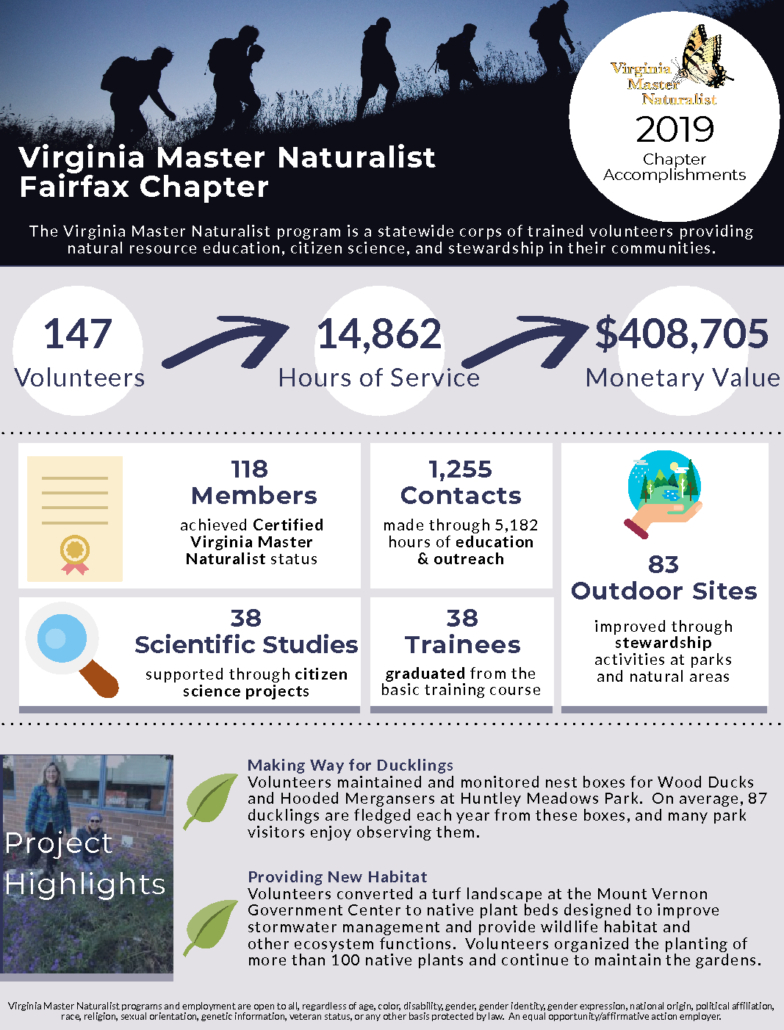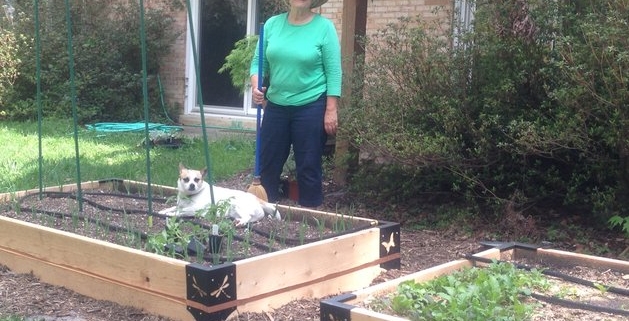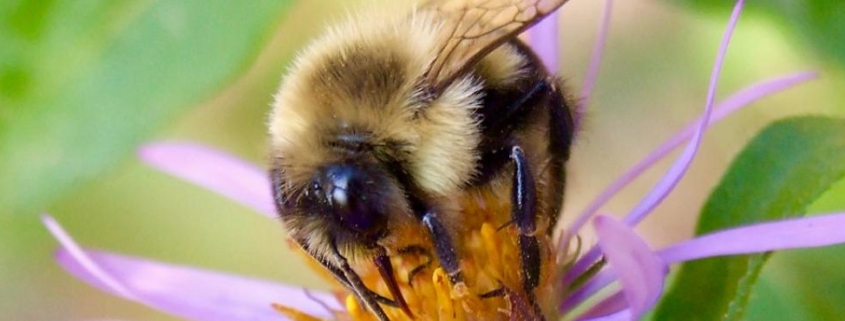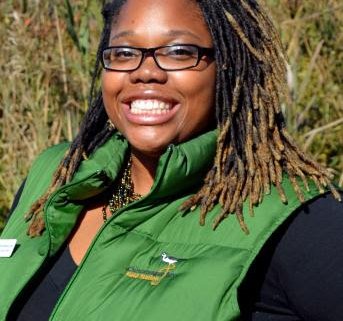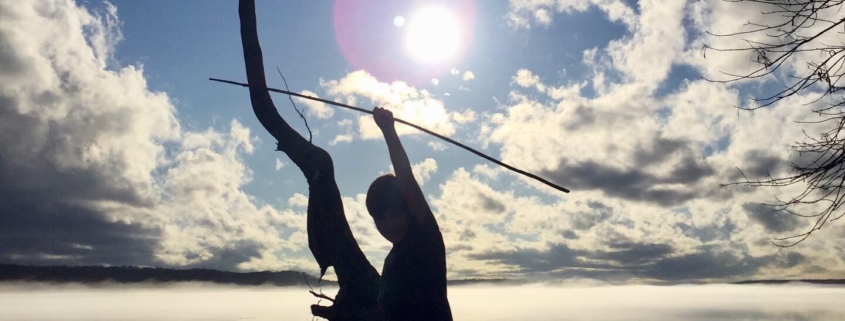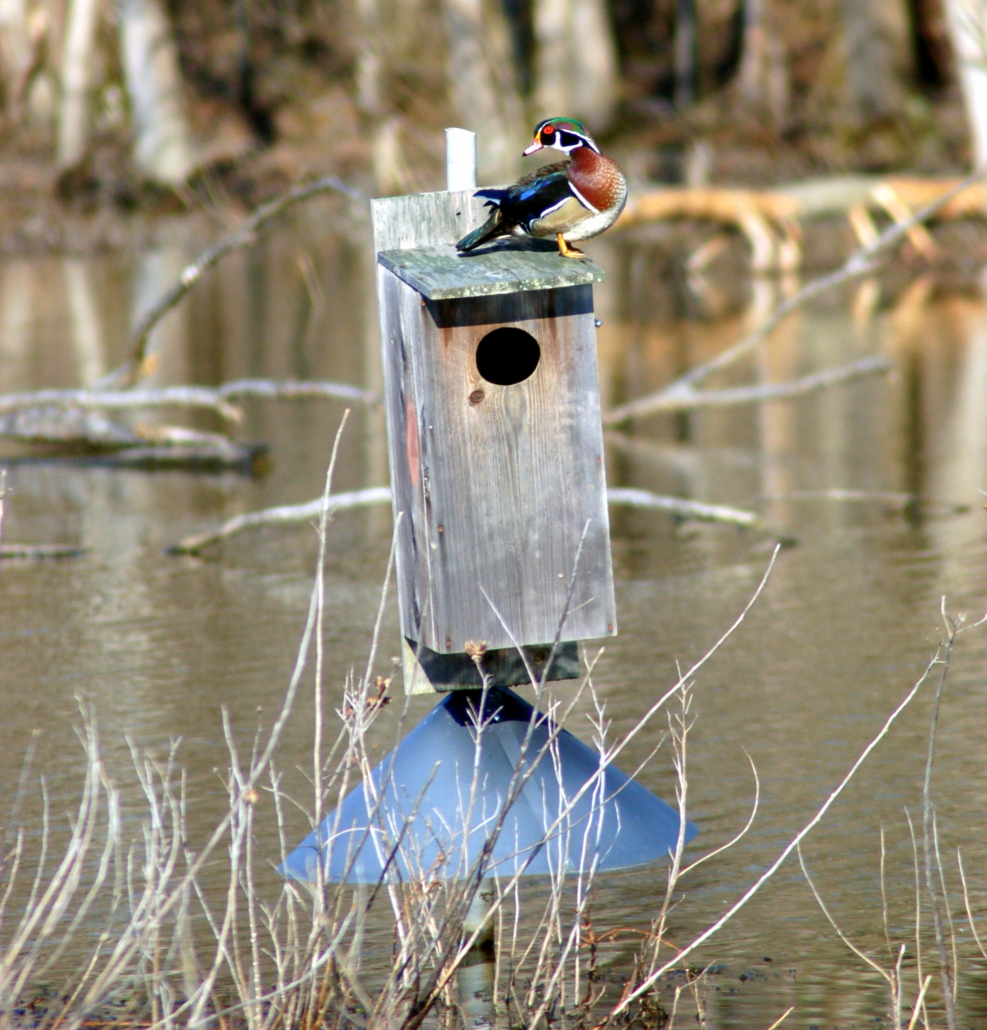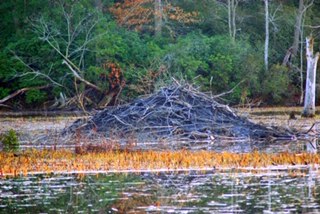Celebrate Virtual Earth Day with Wildlife Center of Virginia, April 22
April 22, 2020
8:45am – 5:00pm
Join us for a virtual Earth Day — a day-long celebration, with interactive discussions, a variety of activities, and live video programs to help you connect with nature and the outdoors. Join us for one, some, or all of the events — it’s up to you!
Tune in to www.wildlifecenter.org/EarthDay2020 for a variety of live discussions and events. The schedule will continue to be updated — stay tuned!
8:45 am – 8:50 am: Earth Day Welcome
Join us as we kick off this special Virtual Earth Day program with an introduction to the day’s events!
9:00 am – 9:30 am: Yoga with Jackie Howell of Peaceful Hands Massage & Yoga
10:00 am – 10:30 am: What is Earth Day?
Lauren, the Center’s outreach educator, will lead a discussion about the beginnings and meaning of Earth Day.
11:00 am – 11:30 am: Recycled Craft Activity
Let’s make an owl out of a toilet paper or paper towel roll! Grab a pencil, some construction paper, markers, and your leftover rolls for a simple, easy craft that honors a special type of bird. Recycled crafting is the best crafting!
12:00 pm – 1:00 pm: A chat with WCV Co-founder and President Ed Clark!
Join Ed for a talk about the founding and growth of the Wildlife Center of Virginia … and some of his memories of Earth Day!
1:00 pm – 2:00 pm: Break for outside time!
Check back here for a variety of bingo sheets, natural scavenger hunts, and other activities — then head outside! We are encouraging everyone to use this break to connect with the outdoors, and then come back to your computer feeling refreshed. Tell us about what you did during the break, submit photos of your projects, and share your Earth Day Resolution on our moderated discussion!
2:00 pm – 2:45 pm: Eagle Chat with Congowings
Join volunteer Congowings as she discusses Bald Eagles on our Critter Cam moderated discussion.
2:45 pm – 3:15 pm: Meet Gus, the Center’s Barred Owl ambassador!
Whoo loves owls? We do! Join us for a virtual program all about owls and meet the oldest, longest-serving education ambassador at the Center!
3:45 pm – 4:30 pm: Art with Kayla!
Grab a pencil and some paper and join Kayla, the Center’s office administrator and resident creative genius, for a guided sketch session of Buttercup (the Center’s Black Vulture ambassador). We’ll also just have some casual chit-chat about all things wild with Kayla and Lauren!
5:00 pm: Earth Day reflections
Join Wildlife Center of Virginia’s staff and members of the Critter Cam community as we wrap up the day with a discussion about what nature/wildlife means to us, how the outdoors are helping us cope with quarantine/physical distancing, and general reflections of our Earth Day event!
